“What are we aiming at?”
That’s the question our university’s first president, Daniel Coit Gilman, asked at his inauguration in 1876. What is this place all about, exactly? His answer:
“The encouragement of research . . . and the advancement of individual scholars, who by their excellence will advance the sciences they pursue, and the society where they dwell.”
Gilman believed that teaching and research go hand in hand—that success in one depends on success in the other—and that a modern university must do both well. He also believed that sharing our knowledge and discoveries would help make the world a better place.
Founded in 1876 as the nation’s first research university, Johns Hopkins has been advancing knowledge and bringing discoveries to the world for nearly 150 years.
The university’s faculty, clinicians, researchers, and students have pioneered historic discoveries—creating water purification, CPR, corrective surgery for infant heart defects, and a deflection technique to protect Earth from the threat of asteroids. Johns Hopkins has championed lifesaving public health interventions like vitamin A and seat belts, authenticated the Dead Sea Scrolls, and explored the farthest reaches of our solar system.
Each year since 1979, Johns Hopkins has been the leading recipient of research funding from the federal government. Those investments fuel lifesaving innovation and interventions, discoveries that enrich our lives and help position the United States at the forefront of the global scientific enterprise. Backed by federal funding, Johns Hopkins researchers have made significant strides in the treatment and understanding of an enormous range of diseases and disorders, including cancer, Alzheimer’s disease, Parkinson’s disease, stroke, opioid addiction, and many more.
This critical work is made possible by the decades-long compact between the federal government and research institutions like Johns Hopkins, an arrangement of mutual benefit that is the envy of the scientific world. Federal investment supercharges the nation’s innovation ecosystem and returns a substantial economic benefit—fueling innovation, creating and supporting jobs, and facilitating the delivery of new ideas and technologies to industry. In fiscal year 2024, every dollar in federal research investment by the National Institutes of Health generated approximately $2.56 in economic activity.
Johns Hopkins is the largest private employer in Baltimore and Maryland and has broad economic, social, and cultural ties to its hometown. Johns Hopkins University & Health System has an estimated $19.4 billion economic impact in Baltimore and an estimated $40 billion economic impact in Maryland.







